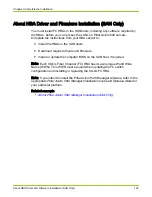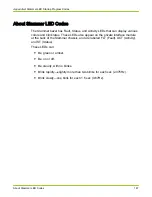
Table 25 Global system parameters (continued)
Done
Information
❑
Get the management network subnet mask and the IP address for the
gateway to be used.
❑
Understand link aggregation. Decide whether you will use it for the
Slammer data paths.
❑
Decide whether you want the system to e-mail alerts to administrators. If
so, get the IP address of your e-mail server.
❑
The Pillar Axiom 600 system defaults to the correct Call‑Home
connection parameters and IP addresses, if it uses a direct connection
to the Pillar Call‑Home servers. If you are using a Proxy server, the
information on the Call‑Home connection parameters and IP addresses
comes from the local network and firewall administrators. Get the
Call‑Home configuration modes from the site network and/or firewall
administrators.
NAS storage parameters
❑
If you saved a performance profile (from another Pillar Axiom 600
system), you must know where it is so you can navigate to it.
❑
Decide on an IP address that is available in your network for the initial
File Server. The IP address must not be on the management network.
This network should be appropriate for sustained high utilization file
server traffic.
❑
Obtain the data path network subnet mask and gateways for the data
network. This should be on a network suitable for sustained high
utilization.
❑
Obtain Virtual LAN (VLAN) IDs from the network administrator and find
out whether the Pillar Axiom 600 system must be configured with VLAN
Tags.
❑
Obtain the identity and IP addresses of the naming servers, the domain
controllers (DC), and the name of the Common Internet File Systems
(CIFS) domain.
❑
Understand enough about filesystems and storage to specify capacity,
type of redundancy, priority over other volumes, Clone FS settings,
Chapter 7 Initial Configuration
Pre-Configuration Checklist
137
















































